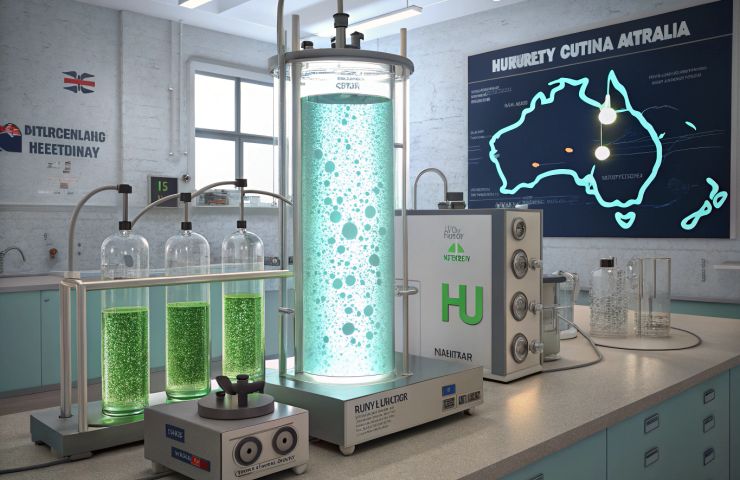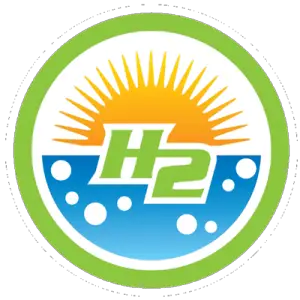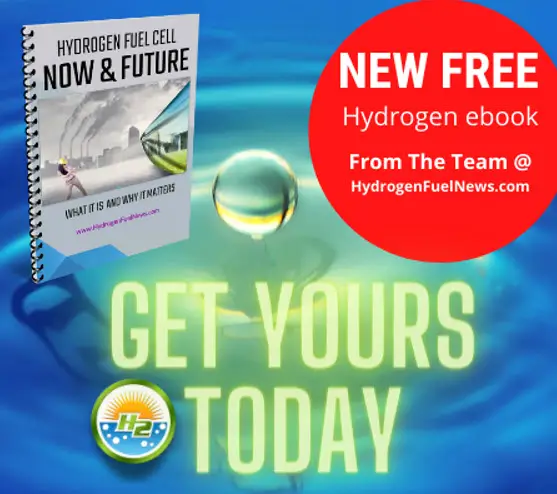
Australian Researchers Turn Urine into Green Hydrogen with Breakthrough Electrolysis Tech
May 9, 2025Australian researchers have come up with a seriously clever way to produce green hydrogen, and it all starts with something most of us flush away without a second thought—urine and wastewater. Yep, you read that right. Scientists from the University of Adelaide and the ARC Centre of Excellence for Carbon Science and Innovation have developed two energy-efficient systems that tap into the urea in wastewater to make clean hydrogen. It’s not just smart—it could be a game changer.
Turning waste into fuel—and a win for the planet
Usually, producing hydrogen involves a power-hungry process called electrolysis, which splits water into hydrogen and oxygen. But this new approach uses copper and platinum-based catalysts to help ease the energy load. In fact, the team managed to cut energy consumption by up to 27%, while hitting an impressive 86% efficiency rate. That’s a big deal in the world of sustainable energy.
And that’s not all—it’s tackling two problems at once. Besides producing clean hydrogen, the method also helps reduce nitrogen pollution in waterways. So it’s not just greener hydrogen—it’s a smarter way to clean up our environment, too.
Hydrogen at a price that competes
Right now, the cost to make hydrogen this way lands somewhere between $2.50 and $3.00 per kilogram. That’s pretty competitive when you compare it to grey hydrogen, which is made with fossil fuels. This breakthrough could pave the way to convert everyday wastewater treatment plants into local energy hubs—a huge step forward for hydrogen infrastructure.
The next challenge: ditching pricey platinum
As promising as this is, there’s one major roadblock to scaling things up: the use of platinum. It works great, but it doesn’t come cheap. Researchers are already looking into more affordable alternatives to make the process even more accessible and scalable.
Published in 2024, this innovation has the potential to reshape the way the world thinks about green hydrogen—and what we do with what’s often seen as waste. Who would’ve thought flushing the toilet could one day help power the clean energy future?



 With over 15 years of reporting hydrogen news, we are your premier source for the latest updates and insights in hydrogen and renewable energy.
With over 15 years of reporting hydrogen news, we are your premier source for the latest updates and insights in hydrogen and renewable energy.